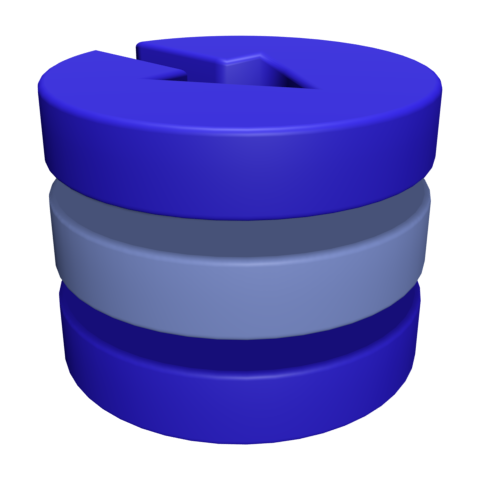Getting started
Contents
Getting started¶
Here we show a minimal example of how to use the API of the disk-objectstore to store and retrieve objects.
Basic API usage¶
Let us run a quick demo of how to store and retrieve objects in a container:
from disk_objectstore import Container
# Let's create a new container in the local folder `temp_container`, and initialise it
container = Container("temp_container")
container.init_container(clear=True)
# Let's add two objects
hash1 = container.add_object(b"some_content")
hash2 = container.add_object(b"some_other_content")
# Let's look at the hashes
print(hash1)
# Output: 6a96df63699b6fdc947177979dfd37a099c705bc509a715060dbfd3b7b605dbe
print(hash2)
# Output: cfb487fe419250aa790bf7189962581651305fc8c42d6c16b72384f96299199d
# Let's retrieve the objects from the hash
container.get_object_content(hash1)
# Output: b'some_content'
container.get_object_content(hash2)
# Output: b'some_other_content'
# Let's add a new object with the same content of an existing one: it will get the same
# hash and will not be stored twice
hash1bis = container.add_object(b"some_content")
assert hash1bis == hash1
# Let's pack all objects: instead of having a lot of files, one per object, all objects
# are written in a few big files (great for performance, e.g. when using rsync) +
# internally a SQLite database is used to know where each object is in the pack files
container.pack_all_loose()
# After packing, everthing works as before
container.get_object_content(hash2)
# Output: b'some_other_content'
# This third object will be stored as loose
hash3 = container.add_object(b"third_content")
Advanced usage¶
The example above works fine for small objects. We suggest that you continue with the advanced usage documentation if you want to use the library with large objects (that e.g. might not fit in the RAM).
